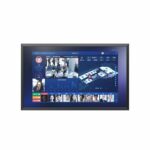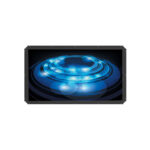The RoHS Directive is the English abbreviation of the Restriction of the use of centain Hazardous Substances in electrical and electronic equipment in Resolution 2002/95/EC issued by the European Parliament in 2002. The purpose of issuing and implementing the RoHS Directive is to protect the environment and human health in EU member states under the legal conditions restricting the use of hazardous substances in electrical and electronic equipment. At the same time, technical barriers have also been set up to raise the entry threshold for products.
The RoHS Directive mainly stipulates that EU member states should ensure that from July 1, 2006, new electrical and electronic equipment products placed on the EU market do not contain lead (Pb), mercury (Hg), cadmium (Cd), hexavalent Six substances of chromium, polybrominated biphenyls (PBB) or polybrominated diphenyl ethers (PBDE) and their analogs (referring to their compounds, etc.). Among them, the maximum allowable content of lead, mercury, hexavalent chromium, polybrominated biphenyls, and brominated diphenyl ethers is 0.1%, and chromium is 0.01%. This limit is the legal basis for determining whether a product complies with the RoHS directive.
The RoHS Directive is mainly applicable to electrical and electronic equipment, including large household appliances (such as washing machines), small household appliances (such as rice cookers, TV sets), information technology and telecommunication equipment, lighting equipment (including household light bulbs and LED lighting equipment), electrical and electronic tools, toys, leisure and sports equipment, vending machines and medical equipment. Most of them involve the SMT and PCB industries in the electronics industry, including CAD for electronic products, PCB materials, copper clad laminates, PCB production processes and equipment, SMT assembly processes and equipment, process materials, packaging materials, quality control, environmental protection and corporate management, etc.
Meeting the compliance requirements of RoHS needs to solve two core issues: how to supervise, that is, how does the authorized authority inspect my products, what technical documents do I need to provide to prove their compliance, and the second is how the producers can pass their own capabilities. , to ensure that their products meet the requirements of no banned substances.











